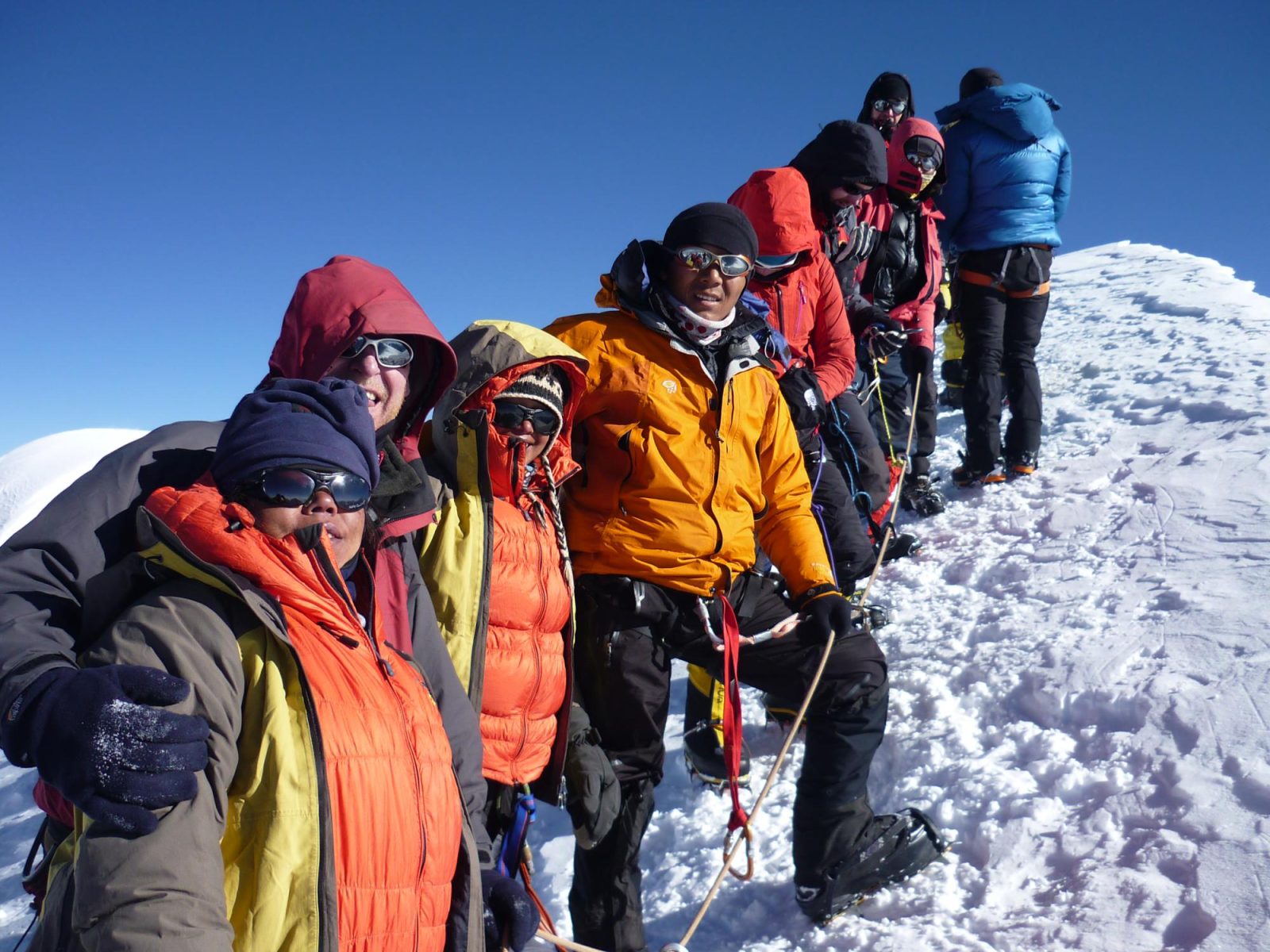
Trekking and Climbing Peaks in Nepal: Clothing and Equipment List
KIT LIST FOR TREKKING IN NEPAL
This list covers the needs of a trekking holiday in Nepal with additional comments for those people tackling a trekking peak. Most equipment and expensive outdoor clothing and sleeping bags can be hired in Kathmandu very easily.
For most treks the majority of accommodation will be in lodges or teahouses which have simple bedrooms and two single beds with mattresses. Lodges all have blankets to borrow so normally a good quality three season will be enough. For trekking peaks there is normally a base camp with tents, and you will want a warmer sleeping bag or a liner to increase the warmth of your bag, plus a sleeping mattress.
- BAGS – Rucksack or duffle bag for a porter to carry plus a day pack to be carried by you. Your day pack should be comfortable and capable of carrying everything you need for the day, around 40 litres is normally big enough. If you are doing a trekking peak and taking bulky items like down jackets then 50 litres will be better.
- SHELL – Top and bottom waterproof outer layer. Aim for good quality with a goretex lining.
- DOWN – A puffy jacket, filled with either down or synthetic, is essential for keeping warm at high altitude and especially on the trekking peaks. For trekking you can use a lightweight down but for the climbing trips it is bets to have an expedition style jacket which is long enough to cover the backside. Down bottoms are largely unnecessary until you are climbing the higher 8000m peaks.
- FLEECE – bring a good quality fleece jacket for general use and on the trekking peaks. Sometimes this is all you will need if the weather is good but in bad weather you are likely to wear this top and the shell on top. There are many different fleeces on the market, some very technical, but as long as it keeps the wind and cold out, it will be adequate for a trekking holiday.
LAYERS – Bring a selections of shirts, trousers, shorts, T-shirts, fleece tops, hats and gloves. Remember that cotton takes longer to dry so many people opt for the synthetic trekking clothing that dries faster and is still warm. For a two week trip two or maybe three layers will be enough.- BASE LAYER – This is a warm layer of top and bottom that is close to the skin and is only really needed for the very cold mornings, especially for those people doing a trekking peak or getting up very early to see a sunrise, for example from Kala Patthar. Base layers can be made of merino wool or synthetic material and it is likely you will only need one set.
- UNDERWEAR – You will want to change underwear the most often, so bring enough and also bring a separate bag for used underwear and socks since there will be no opportunity to wash these items. Cotton does not dry easily so we would recommend different materials.
- SOCKS – you will want to change your socks every few days and for a trek you will be fine with quite lightweight hiking socks since it gets very hot. The early days of a trek can easily be done in lightweight socks, only changing to woollen socks at higher altitude. For trekking peaks and any climbs involving climbing boots (plastic or hybrid) you will want well cushioned woollen (or equivalent) socks, but probably only one or two pairs for those few days.
- BOOTS – Comfortable boots with a good sole and ankle support are obviously important for a trek in the mountains, but the early days can often be very hot so you might want to bring a lightweight pair or walking shoes or boots for most of the trek, changing into warmer boots at higher altitude and especially on the more broken ground (for example glacial moraine), and many of these boots take crampons for using on trekking peaks. It’s also a good idea to bring lodge shoes or sandals for use indoors.
Do also bring gaiters to protect your boots and add warmth, and these are especially useful on trekking peaks where there is soft snow and to avoid the snow getting into your boots. - SLEEPING BAGS – Bring a 3 or 4 season bag for most treks and if necessary a liner (silk or fleece) for when it gets colder. Sometimes it can be too warm for a sleeping bag so a fleece liner with a blanket from the lodge will be enough. Synthetic or down bags will both be fine for trekking and climbing trips, but it’s definitely better to bring proper bags with a hood.
- WATER BOTTLES – These should be hard plastic re-usable, not throwaway bottles.For a trek and trekking peak trip you will want to have two litres to hand most days. Bladders are fine but if you are planning cold early starts then bring some insulation for the tube. If you want to disinfect the water then you could bring a UV filter (Steripen) but most people ask the lodge owner to boil some water the night before. The staff will boil water at camps if you are climbing, but do also remember to bring a flask for hot drinks if you plan to climb.
- HYGIENE – bring a wash kit since most lodges have hot showers now and there will always be opportunities to wash your body and hair. You will also want a travel towel, hand sanitiser and moisturising cream for the dry air on your skin. Lodges will have toilet paper but most people like to bring their own supply just in case. For trekking peaks the staff will make a hole for use as a toilet and you will need toilet paper. Sanitary items are available but the range available is small so we would recommend you bring your own supplies from home. Bring nail clippers, nail brush and if you wear contact lenses then you will want eye drops to combat the dry and often dusty air. Lip balm is also essential, as is sun cream with a high spf factor. It’s also a good idea to bring ear plugs as the lodges can often be quite noisy.
- MEDICAL – take a medical kit to deal with small cuts and scrapes and some antiseptic wipes and cream and zinc tape; you will also want headache tablets like ibuprofen (which also helps with altitude mountain sickness) and paracetamol or equivalent for a high temperature; medicine for travellers diarrhoea and simple gastro-intestinal issues; calamime lotion for sunburn and cream for dry skin; blister pads and tape for chafing and blisters; throat lozenges; insect repellant and anti-histamine cream and anti-malarials (especially if visiting the jungles of Nepal); rehydration sachets and/or mineral supplements;
Prescription drugs – personal medications, acetazolamide (Diamox), dexamethasone, antibiotic course, asthma inhalers.
Many people will want to take Diamox to assist in avoiding high altitude illness, but these are prescriptive and should only be taken in an informed way. There is plenty of literature about altitude illness drugs and we have written a number of pieces on keeping healthy at altitude, acclimatising safely and climbing at altitude.
Note: you must check with your GP for your personal suitability to all medicines and their possible side effects and interactions. Please inform us of the details of all regular medication that you intend to use through the course of your trip and any relevant allergies and medical history related to them. You also need to check the requirements and regulations of the airline and all countries visited in relation to medications. For example; laws governing transport of some pain control medication and the need keep insulin at a suitable temperature, ie not in the cargo hold.
- TREKKING KIT – trekking poles, umbrella, dry bags and a waterproof cover for your rucksack. For repairs on the go do bring some a multi-tool, gaffer tape, cable ties, spare laces and light cord.
- ELECTRONICS – you will be able to charge items in the lodges for a fee so it’s better to bring your own power pack with usb cables to charge smartphones, ipods and so on. Headlamps are necessary and many are now rechargeable, otherwise batteries are available in most village shops. If you do bring a tablet then a padded sleeve is very useful for it. There are mobile phone towers in the Khumbu region now but it’s better if you pick up a local sim card. Most villages have a place where you can go online and use a computer, and some of the bigger lodges will have a wifi system which will be slow if lots of people are using it.
- OPTIONAL ITEMS – Buff or neck gaiter, trekking crampons (like Kathoola Microspikes) for crossing a snowy or icy patch of ground, insulated bottle cover
- SNACKS – lodges and shops in the villages will sell a wide range of snacks and chocolate, trail bars and mixes, energy gels and drinks, soft drinks, beer and many different brands of foods for eating on the trail. You may want to bring some of your own favourites from home though. Vegan snacks and sweets are much less common, as are gluten free products and gelatin free sweets, so do bring these kinds of items with you.
- OTHER – passport & copies, visa, insurance policy, money, credit cards, plane ticket, books, cards, games
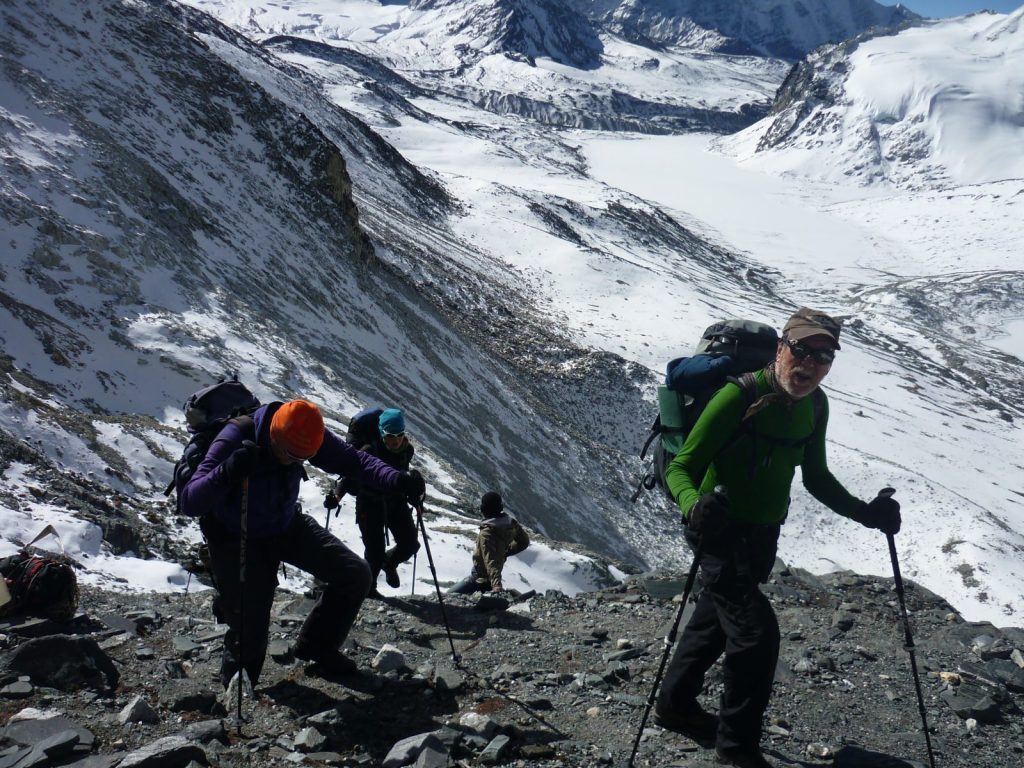
TREKKING PEAK EQUIPMENT
All of the equipment can be rented very easily in Kathmandu or in the high villages near to the popular trekking peaks. For example in Khare for Mera Peak or Chukkung for Island Peak. This will save money on the daily charge and also the extra weight for a porter to carry. However you cannot guarantee the sizes of certain items, especially boots, nor the quality. Check every item first, especially the sharpness of the points on the crampons and whether the slings are worn out.
- Crampons – 10 or 12 point crampons (for snow climbing) are perfectly suitable for trekking peaks. The 12 point version have two spikes that point forward which are useful for steep gradients like the headwall on Island Peak, but for most of the peaks which are walking on glaciers a 10 point set will be fine. You can choose strap-on crampons or clip-ons, but make sure that whatever you bring fits your boot.
- Ice axe – for most of the trekking peaks a straight walking axe is enough for dealing with a slip and for steadying on steep ground. Take a leash as well because it is easy to drop an axe especially when tired, but make sure you are familiar with its use.
- Harness – for trekking peaks in Nepal it’s a good idea to bring an alpine harness with a wide fleece belt and leg loops that can be clipped and unclipped. This is particularly useful for putting on and removing the harness without having to pull the loops over your boots which have crampons attached.
- Helmet – a standard climbing helmet is necessary, not only to protect you from something falling from above but also to protect your head in case of a fall. Make sure the helmet is big enough to allow a hat or beanie underneath.
- Jumar and leash – this is only needed for peaks where there is a fixed line to assist your ascent, for example on the headwall of Island Peak. The leash can be a piece of 6mm cord or a sling which connects the jumar to your harness. Your guide will help adjust this to your size. In cold temperature it is better to use the big jumar with a handle which can be manipulated with a glove and make sure you choose the correct left or right handed jumar. On a fixed line you are likely to have the jumar in one hand and the axe in the other.
- Karabiners – bring two or three screwgate ‘krabs’ which come in a multitude of different shapes and sizes, and they will be used to clip onto a line when moving on snow as a team and for attaching a safety line to a fixed line (alongside the jumar line) and for attaching a sling to your harness.
- Slings – bring some short and medium slings for using when you are clipping into a rope and for safety on a fixed line. On a climb carry a medium sling over your body for emergency use.
- Abseiling device – this can be a figure of eight which is perhaps easiest to use in the cold, or a grigri or a stich plate. There are many types but it’s important to be familiar with its use and consider the ease of using it in the cold with gloves on.
- Walking poles with snow baskets – the poles are useful on any trek, especially on the descent of a steep rocky path, but on a trekking peak they are also invaluable for balance when moving on snowy and glaciated ground. It’s important to use a snow basket if the snow is soft.
- Prussic loop – this is a loop of 6mm rope which is wrapped around the climbing rope using a prussic knot in the event of an emergency. It is attached to your harness with a sling and a karabiner; the prussic can slide up and down the rope but the prussic will lock onto the climbing rope when weight is applied.
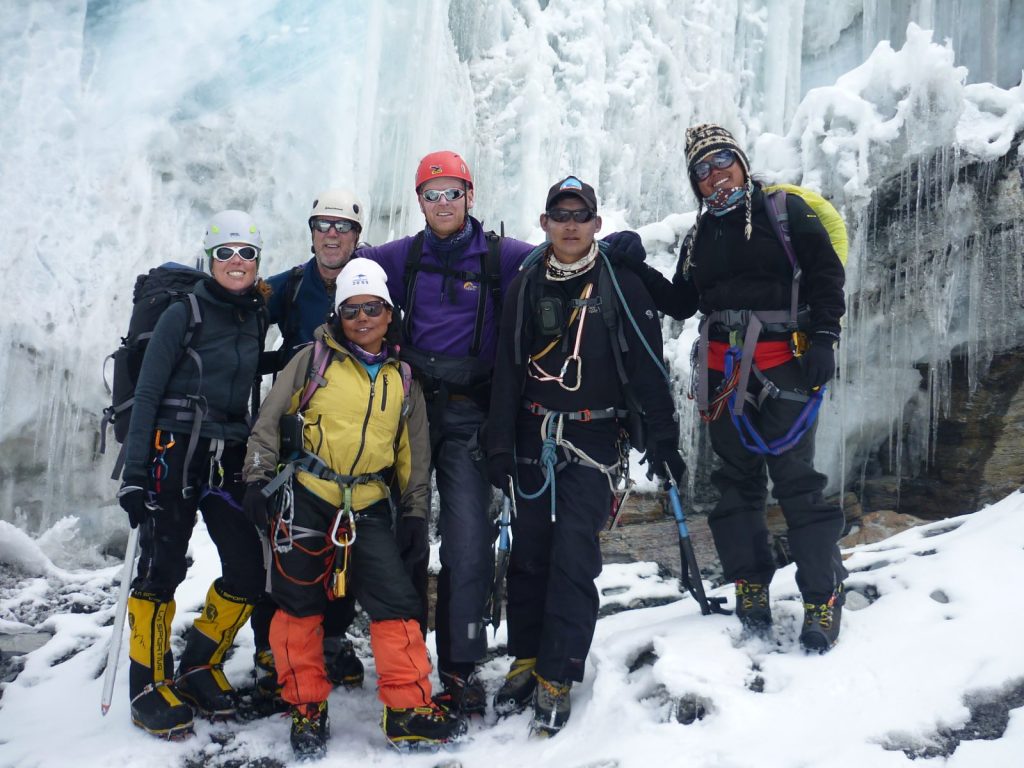
LUGGAGE ALLOWANCE ON INTERNAL FLIGHT TO LUKLA
Please note that standard luggage limits on internal flights are 15kg in total which covers your porters bag (12.5kg) which will go in the hold plus your hand luggage (trek day bag). You can of course wear your trekking boots and jacket to help cut down on the weight of your bag. You will also have left any city clothes or extra travel kit in Kathmandu. If your combined weight is over 15kg you will need to pay an excess baggage charge on the flight however it’s ony $1/kg. If you have a particularly heavy porters bag that means we’ll require additional porters then you will need to cover this fee. Most people have no issues with a 12.5kg porter bag plus their own day bag.
Book Your Adventure of a Lifetime Now
Discover our trips to other Countries
Adventure Alternative Articles
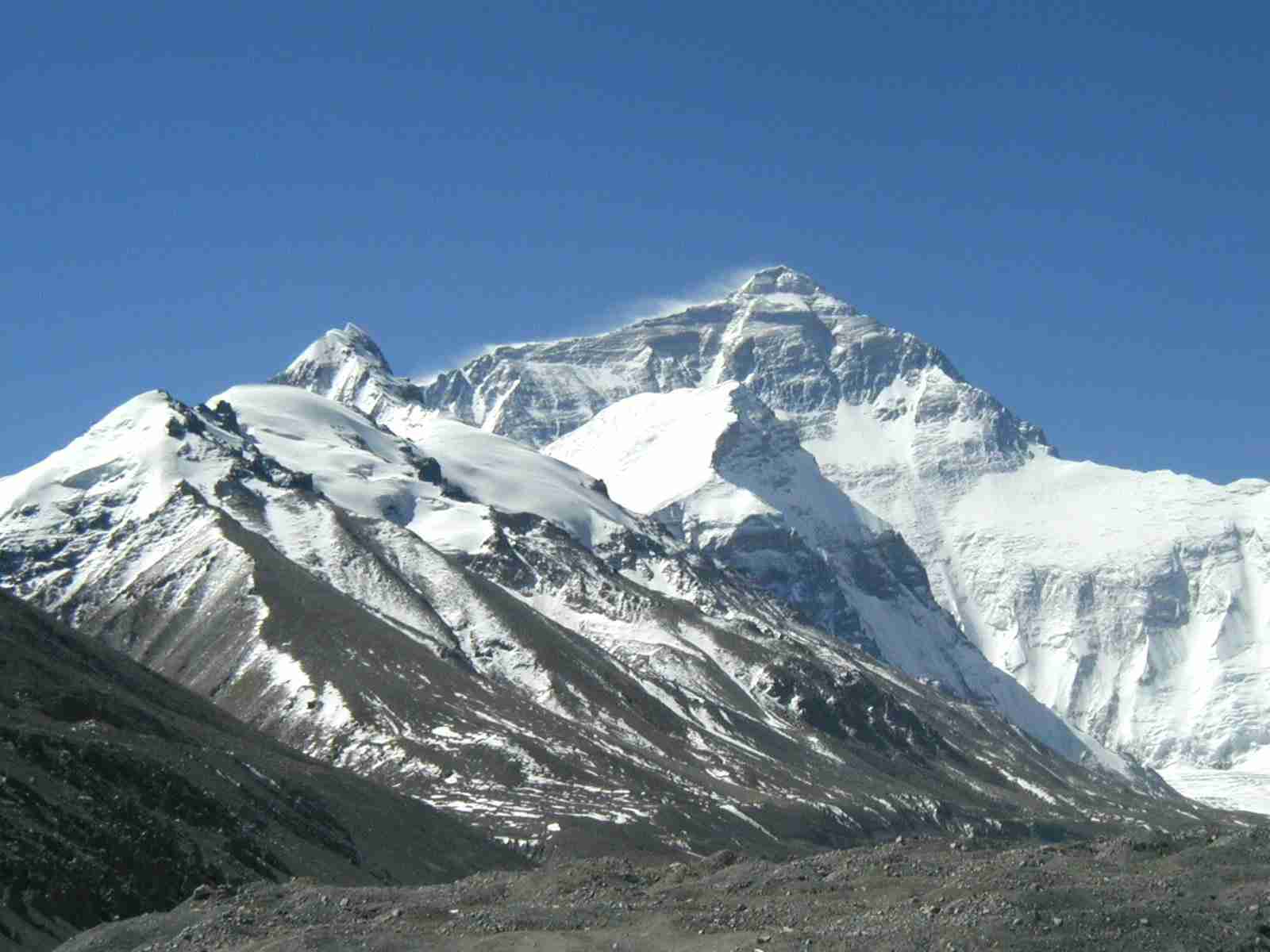
12 MONTHS, 12 MOUNTAINS
Climbing Calendar Ready for World Mountain Day In celebration of World Mountain Day, we've created a calendar for the year to make it easy for...
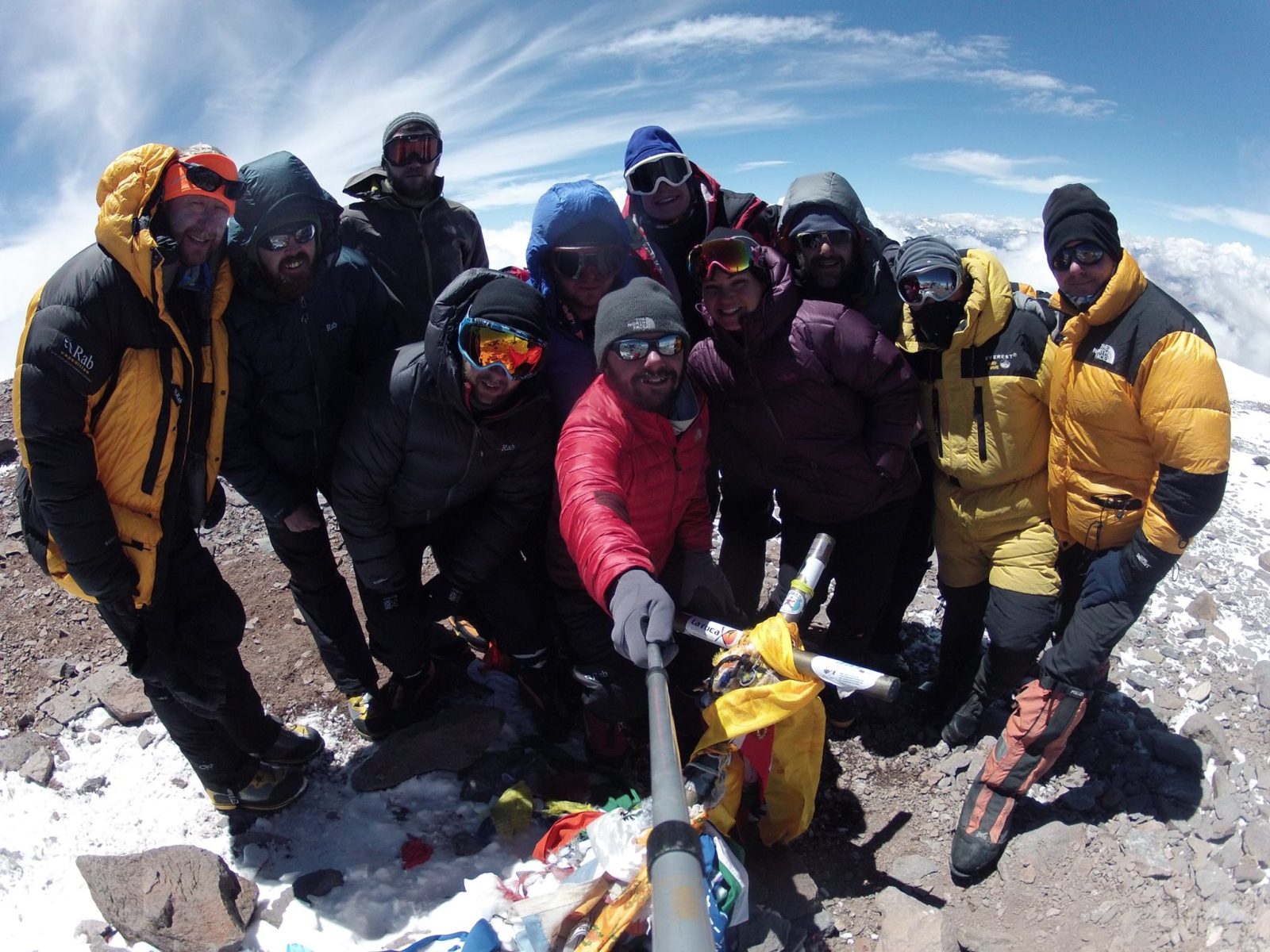
Mount Aconcagua Trip Review
January 2016 This year we had a team of twelve clients from four different countries – Iran, Ireland, England, South Africa and Argentina –...
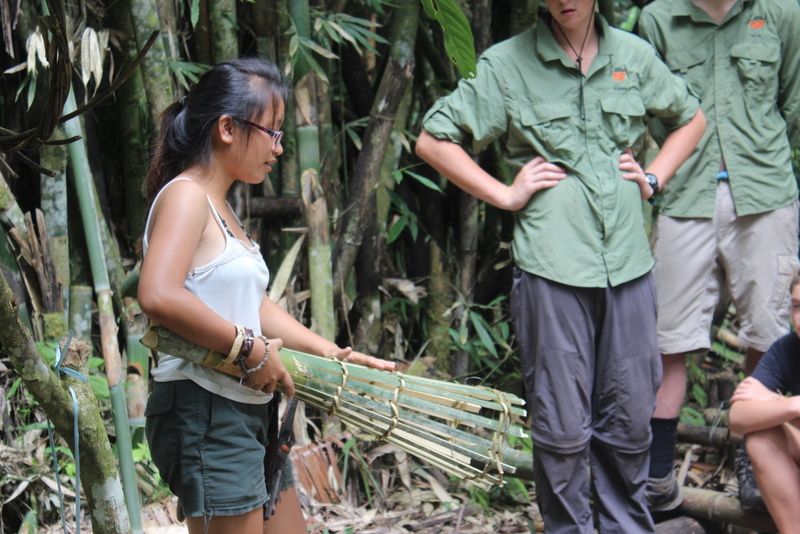
Alcey’s Survival Skills Course at Lupa Masa Jungle Camp
SURVIVAL SKILLS COURSE AT LUPA MASA JUNGLE CAMP | ADVENTURE ALTERNATIVE In celebration of International Rural Women’s Day, we’re talking...